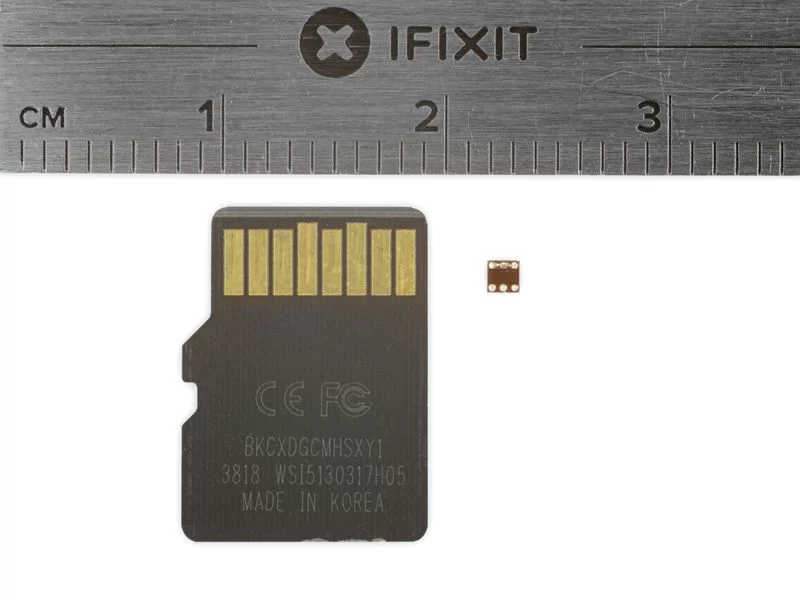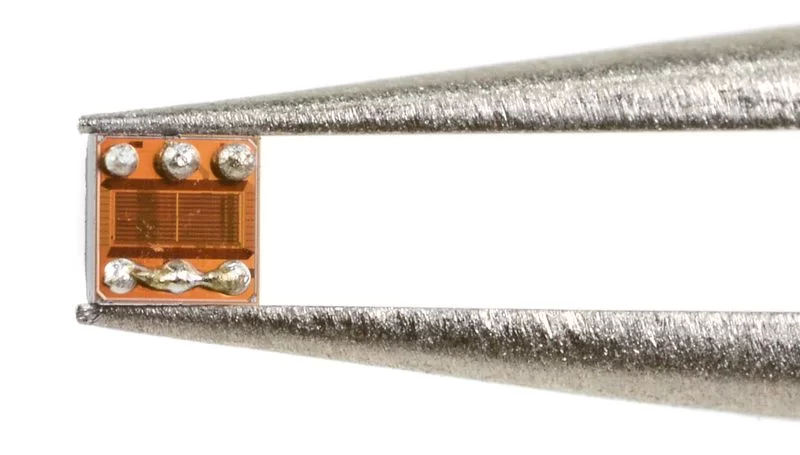A tiny part could revive a smart-home strategy that has lagged behind Amazon and Google.
Last November, Apple Inc. unveiled the HomePod mini speaker, which featured new features such as a home intercom system. One feature of the system, however, has remained a tightly guarded secret: a sensor that monitors temperature and humidity.
This part was never revealed by the Cupertino, California-based tech giant, and the system actually lacks consumer-facing features that use it. According to people familiar with the case, the firm has proposed using the sensor to calculate a room’s temperature and humidity so that internet-connected thermostats can change various areas of a home depending on current circumstances.

The hardware could also let the HomePod mini automatically trigger other actions, say turning a fan on or off, depending on the temperature.
If Apple finally makes the sensor available, it will reinforce a smart-home strategy that has occasionally missed emphasis and lagged behind competitors. Temperature sensors are included in Amazon.com Inc.’s newest Echo speakers, and Google’s Nest offers sensors that can be installed around homes and attach to its thermostats to change the temperature of each space.
The new capabilities would be a particular boon to an Apple software system called HomeKit that controls thermostats, lights, locks, plugs and other devices in the home.
Apple doesn’t make its own smart-home hardware beyond the HomePod and Apple TV streaming console, but HomeKit operates for fewer platforms than related apps from Amazon and Google. However, Apple’s website lists approximately 40 thermostats that are HomeKit compliant.

The sensor, measuring 1.5 by 1.5 millimeters, is buried in the bottom edge of the HomePod mini’s plastic, fabric-wrapped case near its power cable. The component’s location was confirmed by iFixit, which took apart one of the speakers after an inquiry from Bloomberg News. The sensor is made by Texas Instruments Inc. and is called the HDC2010 Humidity and Temperature Digital Sensor, according to TechInsights, a firm that analyses components inside of electronics.
More Apple: SECURITY CAMERAS COMPATIBLE WITH APPLE HOMEKIT
The part is situated relatively far from the device’s main internal components, meaning it is designed to measure the external environment rather than the temperature of the speaker’s other electronics. Many mobile devices include sensors that can trigger the device to slow performance or disable features to stop components overheating.

While rare, this isn’t the first time Apple has slipped a dormant piece of technology into its devices.
While the iPod touch had a Bluetooth chip in 2008, device support for Bluetooth compatibility was added the next year. In the fall, Apple normally launches big HomePod device upgrades. It’s unclear when or whether Apple will activate the temperature sensor, but its inclusion in pre-ordered HomePod mini units indicates that it’s just a matter of time. An Apple spokeswoman declined to comment.
Apple didn’t have a serious offering in the smart-home market until 2018 with the original HomePod. That device was discontinued recently after lackluster sales. Some decision makers at the company worry it may be too late for Apple to make a strong entry in the sector, especially as it focuses on other new categories such as virtual and augmented-reality headsets and electric autonomous cars. Others believe the company can take its time and customers will still be interested.
Some insiders blame the lack of progress thus far in the home on Siri, Apple’s voice-recognition service that, while improving, is still considered behind Google Assistant and Amazon’s Alexa. Whatever the reason, no unifying strategy has emerged so far, one of the people familiar with the situation said. The people asked not to be identified discussing sensitive issues. This comes after Apple sought to revamp its smart home efforts with a new team it began forming in 2019.
Apple keeps chipping away at this incentive with individual computer upgrades. The group had been working on an improved version of the larger HomePod for release in 2022 until it was discontinued.
It has also been working on new speakers with displays and cameras, but no release date has been set. Apple is now working on a set-top box upgrade for the Apple TV. Before then, Apple will most likely want to pull the last bit of versatility out of the HomePod mini.
Reported By Bloomberg.com